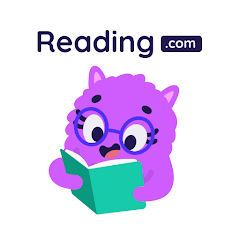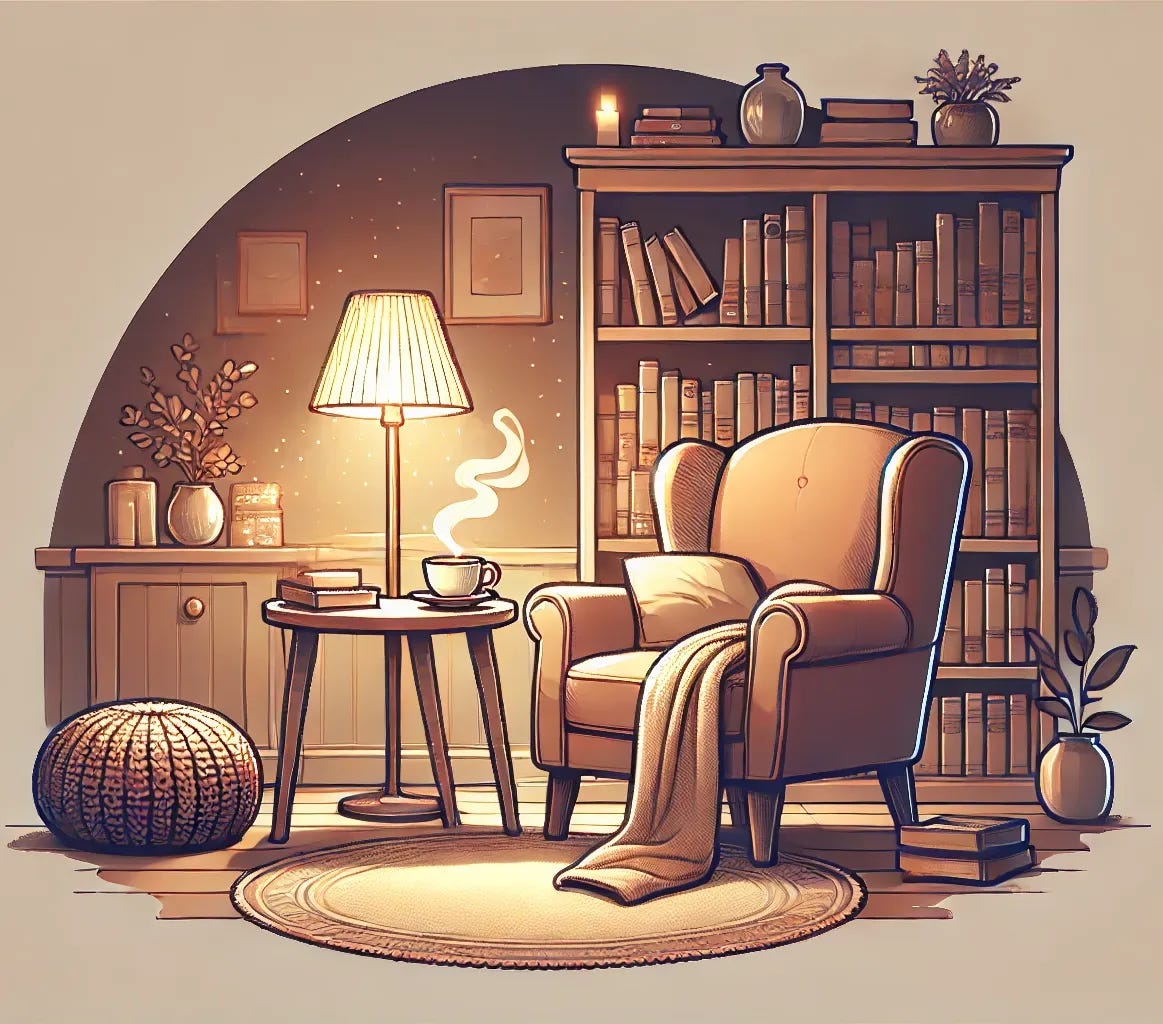An On-Ramp to Reading
Strategies to ensure my kids see books as inviting, not intimidating
I didn’t read a full chapter book from cover to cover until I was 16.
It wasn’t for lack of exposure. My mom read the first four Harry Potter books to me when I was a kid, and I devoured audiobooks regularly. But reading for fun on my own? That just didn’t happen.
It wasn’t that I couldn’t read. I could manage just fine in school and even enjoyed reading aloud in class. But sitting alone, working through hundreds of pages felt... overwhelming.
Reflecting on my experience, I realize the problem wasn’t just me—millennials had a lot of distractions from video games, cable and the early Internet. Kids today face an even tougher battle against the ever-growing distractions of screens and instant entertainment.
Interestingly, while kids’ reading scores on tests haven’t changed much over the years, the time they spend reading for fun has dropped significantly.
So, how do I plan to help my kids avoid the same pitfalls?
Designing A Path That’s Not Too Steep
I’m not sure why I didn’t dive into chapter books when my friends did, but I know that the longer I waited, the more daunting it became.
That’s why I’m focusing on giving my 4-year-old an easier path into reading. He’s already learning the basics in school, but I want reading to feel rewarding—like something he wants to do.
We’ve been using Reading.com’s iPad app, which reinforces foundational skills and contains short books at the end of each lesson he can read on his own. It’s satisfying for him to complete a story, and it builds his confidence bit by bit. We can also tell that it’s working because he’s started reading sentences outside of the app with a lot more confidence.
We do this together a few nights a week. The goal isn’t to have him a year ahead of his peers by the time he starts elementary school. In fact, I think being ahead in kindergarten hurt my ability to focus.
Instead, I want him to feel that reading is approachable and enjoyable from the start.
Building a Space for Reading
As I got older, I discovered something that helped me: having a dedicated space for focused work.
At home, no matter how much I tried to unplug, my bedroom always felt like a hub for distractions. But in college, I learned I could trick my brain into productivity simply by going to the library. The moment I walked through those doors, it was like a mental switch flipped—this was where I got things done.
We’ve tried to create a similar setup at home for our kids. We have a room that’s just for reading, drawing, (eventually) homework, and other focused tasks. While there’s a computer in it, my son only uses it for educational activities like Khan Academy math. The goal is to keep the space defined—a place where distractions don’t belong. Hopefully, over time, he’ll associate that room with quiet concentration and focus.




